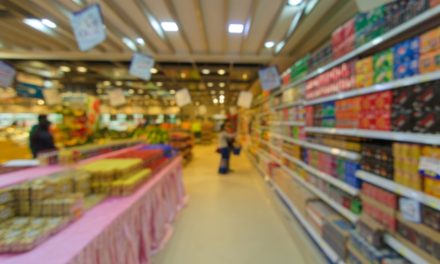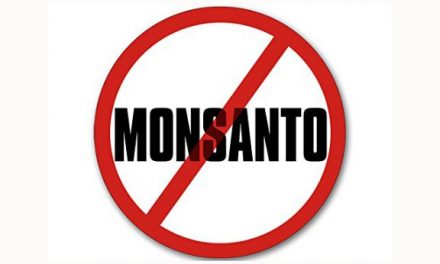Everyone loves a comforting, home-cooked meal. Not only do they make you feel good, but according to a new study, people who eat more home-cooked meals have lower levels of hormone-disrupting PFAS chemicals in their blood compared to others.
The study, conducted by Silent Spring Institute, was published in the Environmental Health Perspectives. Its purpose was to explore the association between restaurant food and per- and polyfluoroalkyl substances or PFAS.
RELATED STORY:
PFAS are a class of chemicals (also known as “forever chemicals“) used in nonstick, stain-resistant, and waterproof products, such as food packaging and cookware. The chemicals have been linked to an array of health issues like thyroid disease, low birth rate, decreased fertility and cancer.
For the study, the research team examined over 10,000 people from the National Health and Nutrition Examination Survey, which tracks health and nutritional trends in the United States. The participants answered questions about their diet and provided blood samples, which were evaluated for PFAS.
RELATED STORY:
After analyzing the results, the team found those who ate meals at home had significantly lower levels of PFAS in their bodies, while those who ate more fast food and at restaurants had higher levels of it. Co-author Laurel Schaider said in a statement:
“This is the first study to observe a link between different sources of food and PFAS exposures in the U.S. population. Our results suggest migration of PFAS chemicals from food packaging into food can be an important source of exposure to these chemicals.”1
RELATED STORY:
However, this isn’t the first study that has assessed the downside of dining out and fast food.
In 2018, researchers from University of California Berkeley at San Francisco and George Washington University said those who frequently ate at cafeterias, restaurants, and fast food spots had more toxic chemicals in their bodies compared to those who ate at home.
RELATED STORY:
The Silent Spring analysts said:
“The general conclusion here is the less contact your food has with food packaging, the lower your exposures to PFAS and other harmful chemicals.”












